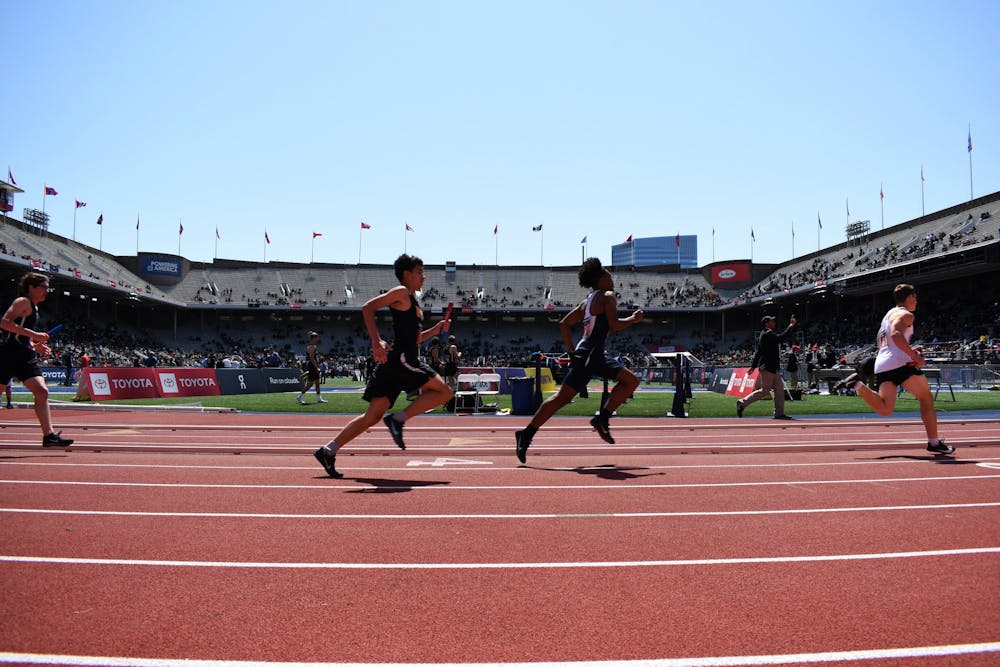The Penn Relays, an iconic staple of the spring sports scene at Penn, returns later this week. The event, held nearly every year since 1895, is one of the oldest sporting events in the world. The Relays is also a rare meeting place of high school and collegiate athletes, as well as Olympic legends such as Jesse Owens and Usain Bolt. The Relays have drawn in around 100,000 spectators for each of the last 14 years, making them a cultural occasion for Philadelphia as well as Penn. As we gear up for the event, here are a few fun facts about the Relays.
The Penn Relays are older than six states
When the Penn Relays were first founded in 1895, there were only 44 states in the U.S. Utah joined the union in 1896, followed by Oklahoma in 1907, New Mexico and Arizona in 1912, and Alaska and Hawaii in 1959.
Penn Relays is older than the NCAA
The NCAA was founded in 1906, making it 11 years younger than Penn Relays.
A Crowd Pleaser
The first Penn Relays drew in 5,000 spectators, which is relatively low by modern standards, but at the time was the largest-ever crowd in Philadelphia for a track and field event.
Unexpected Alumni
RELATED:
Devon Allen looking to dominate at Penn Relays
Penn Relays: A look back at how the oldest and largest track and field meet started
With such a rich history, many famous faces have competed at the Penn Relays over the years. Perhaps the most astonishing is Bernie Sanders, who ran the distance medley relay for James Madison High School in 1960. In 1987, artist Sean “P. Diddy” Combs ran the 4x400-meter relay for New York’s Mount Saint Michael’s Academy.
Inclusion at Penn Relays
Penn Relays was one of the few major sporting events that accepted Black competitors since its inception, with Penn athlete John Baxter Taylor becoming the first African American ever to win an Olympic gold medal.









